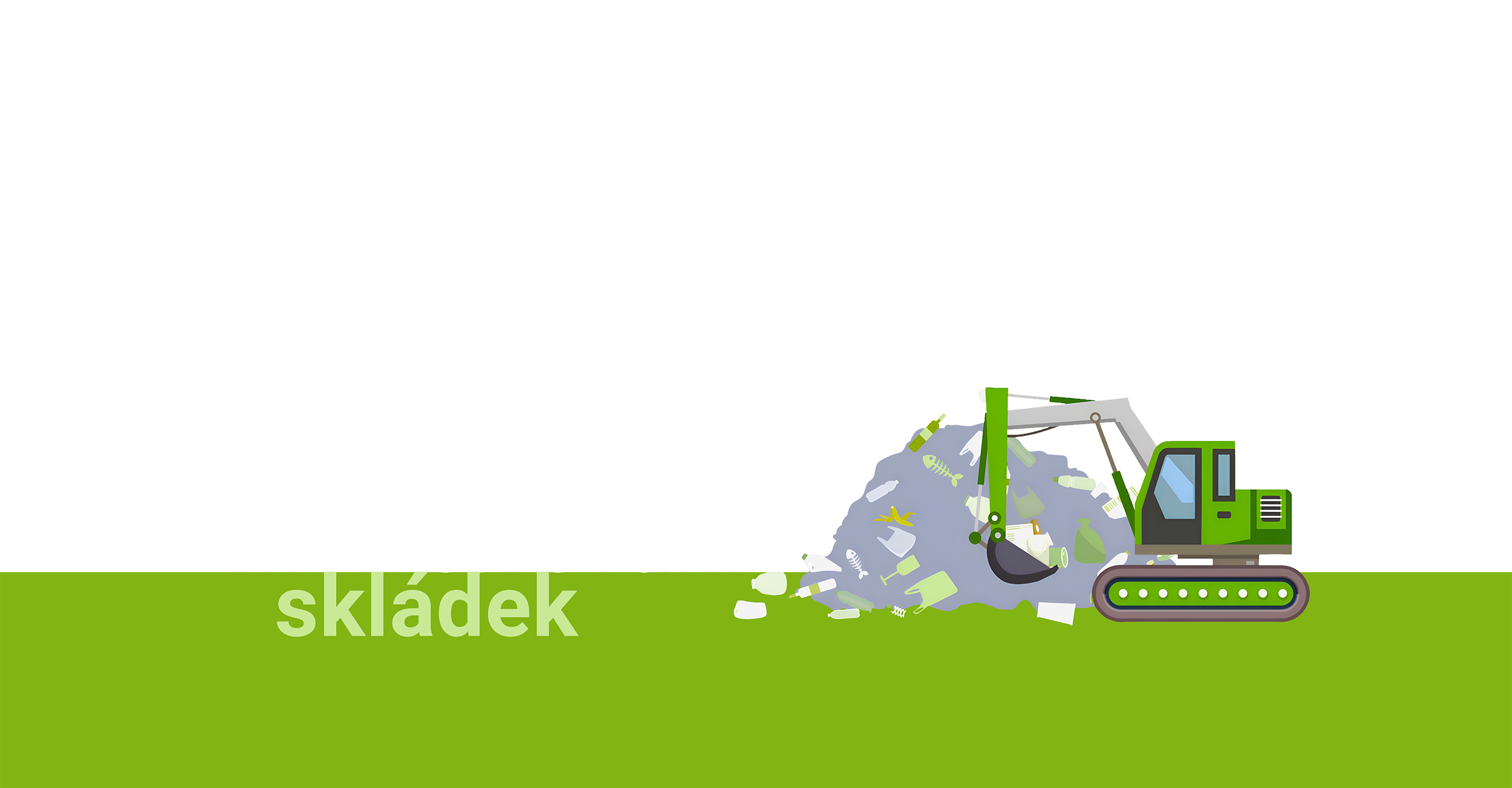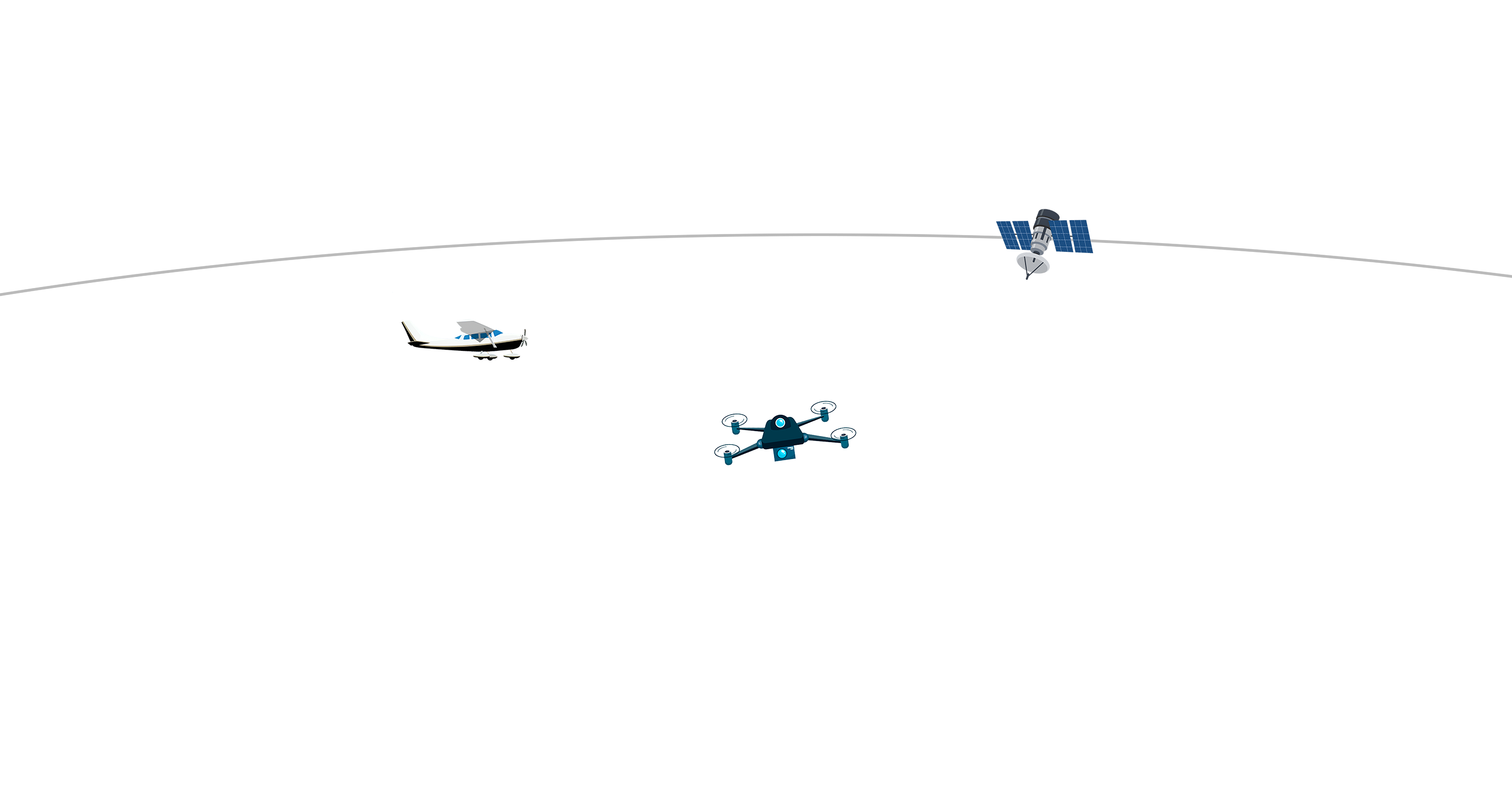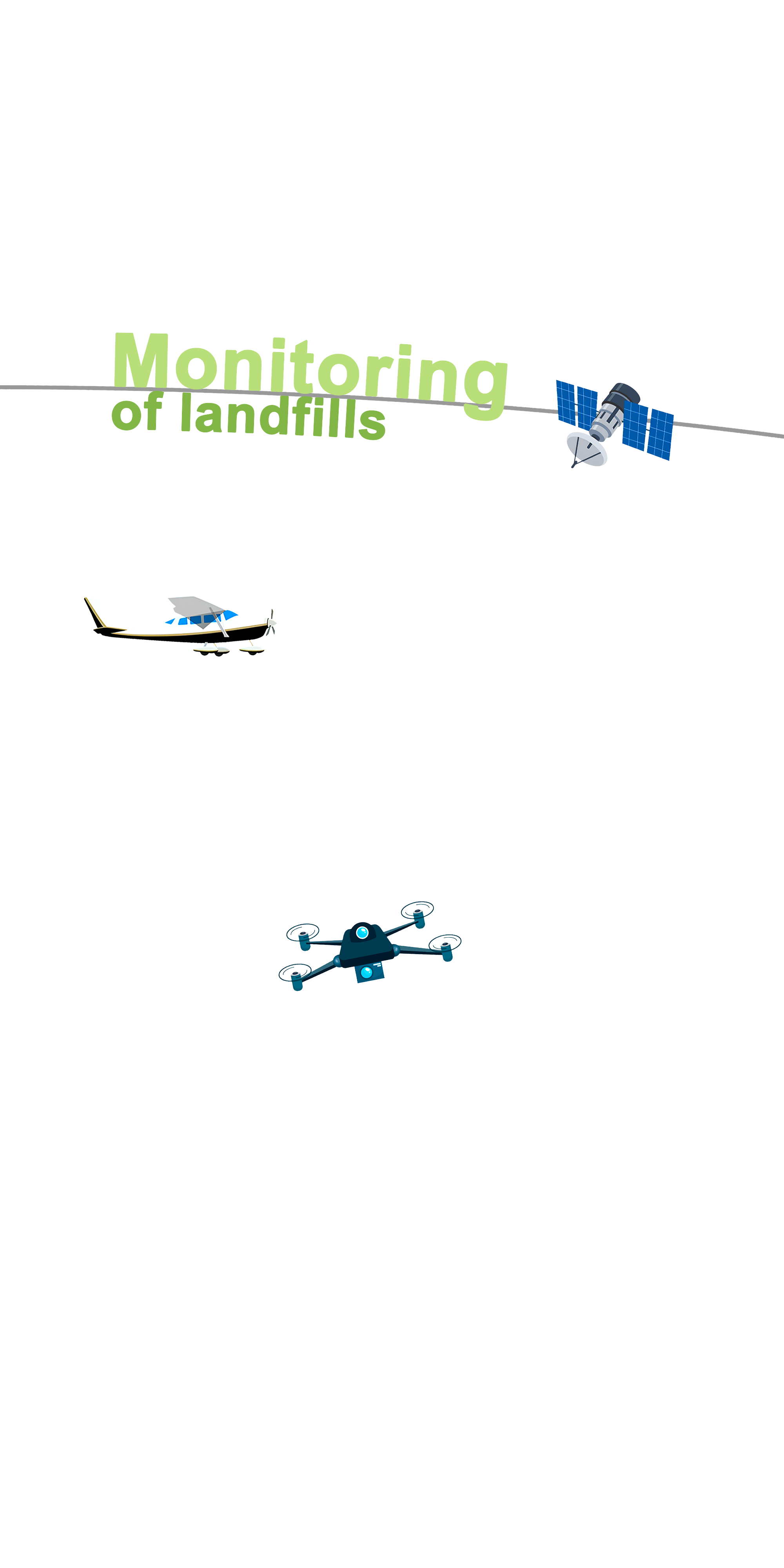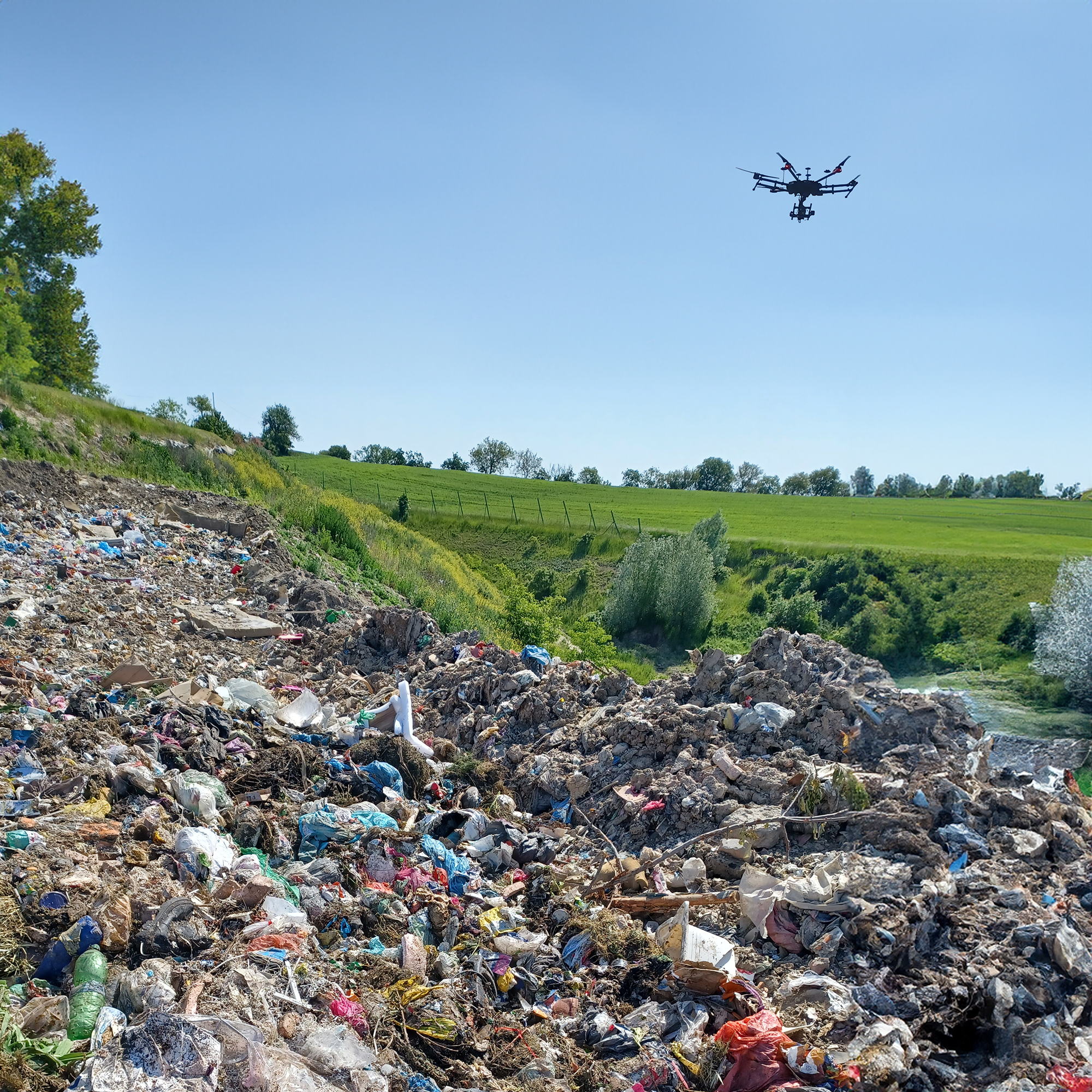






Monitorování skládek pomocí dálkového průzkumu
Skládky tuhého komunálního odpadu mohou představovat vážný problém pro místní životní prostředí: únik nebezpečných látek do půdy a podzemních vod, produkce a uvolňování skleníkových plynů, šíření invazivní vegetace. Rozsáhlé skládky také narušují přírodní stanoviště a snižují biologickou rozmanitost.
Díky moderním technologiím satelitního, leteckého a bezpilotního dálkového průzkumu lze účinně monitorovat aktivní i uzavřené skládky. Tato technologie je klíčová pro prevenci a řešení environmentálních rizik spojených se skládkami.
Efektivita a úspora zdrojů
Efektivní dálkové monitorování skládek minimalizuje potřebu měření na místě a šetří čas i náklady.
Reprodukovatelnost a dostupnost údajů
Dronové, letecké a satelitní metody poskytují reprodukovatelné údaje, které mohou využívat jak provozovatelé skládek, tak kontrolní orgány.
Pokročilá vědecká analýza
Podrobné vědecké studie skládek, jako je analýza změn tvaru a spektrálních vlastností odpadu nebo detekce invazních druhů, podporují efektivnější řízení.
